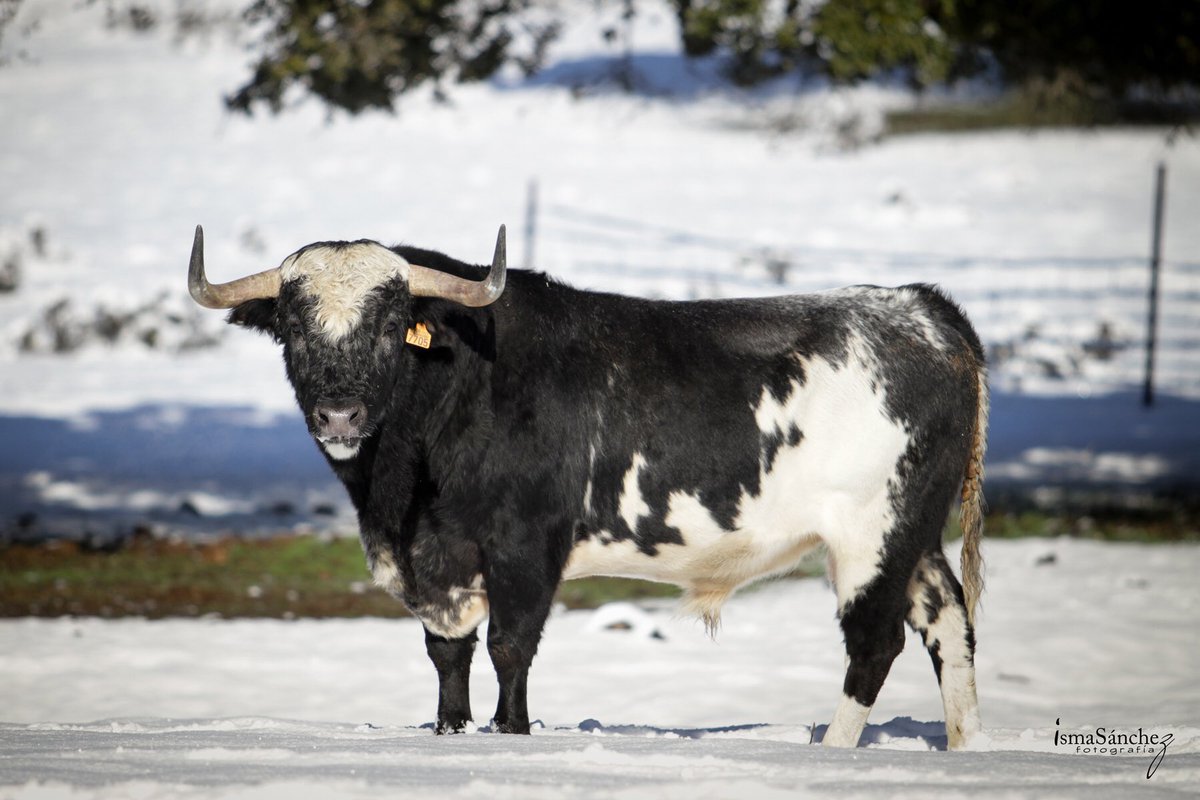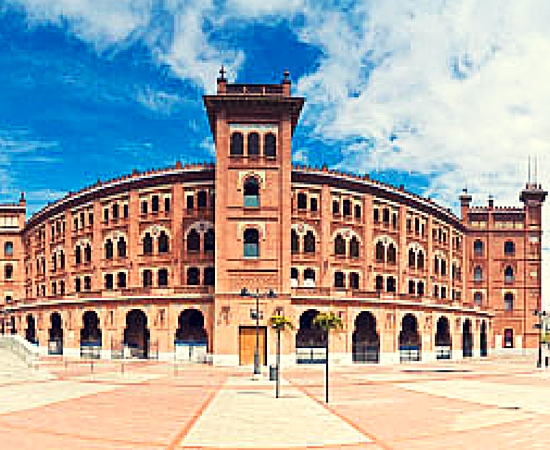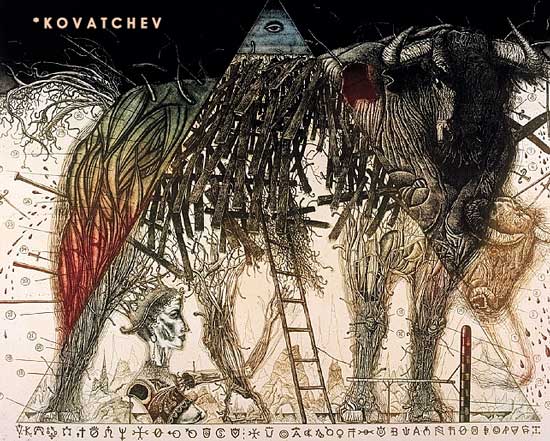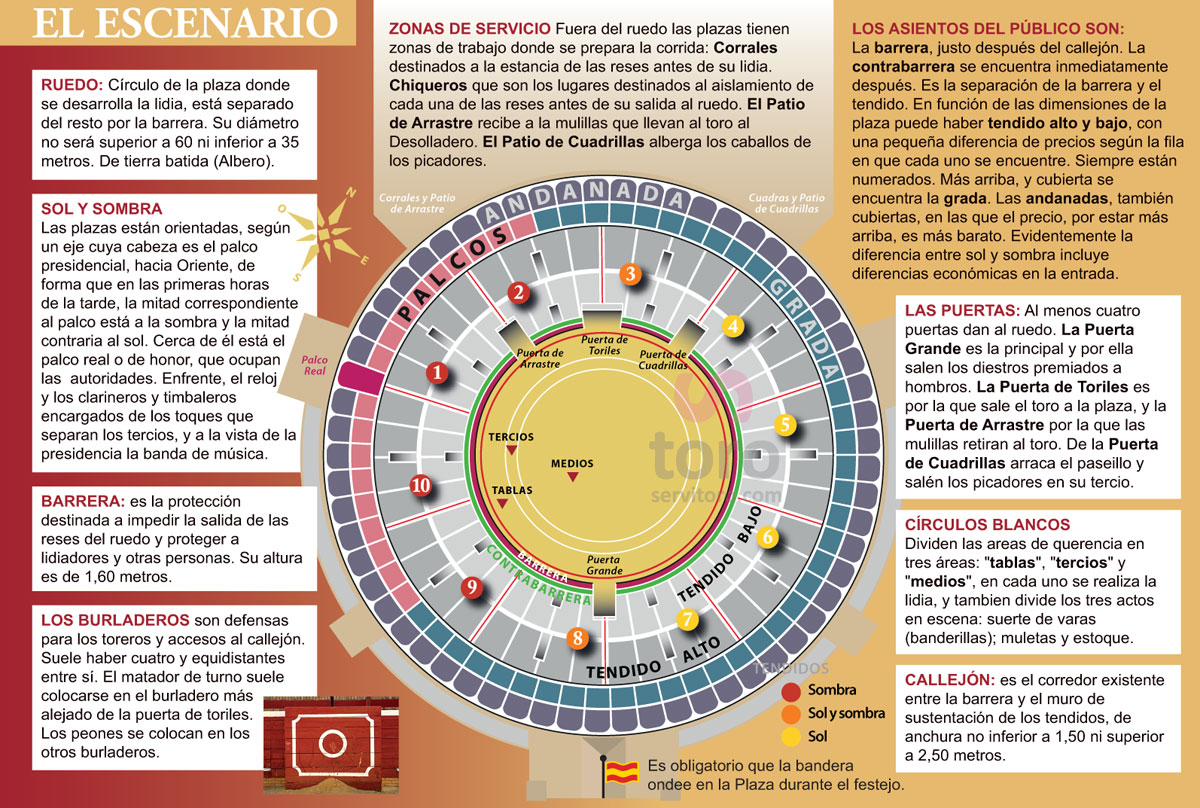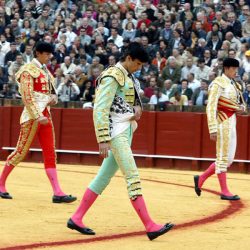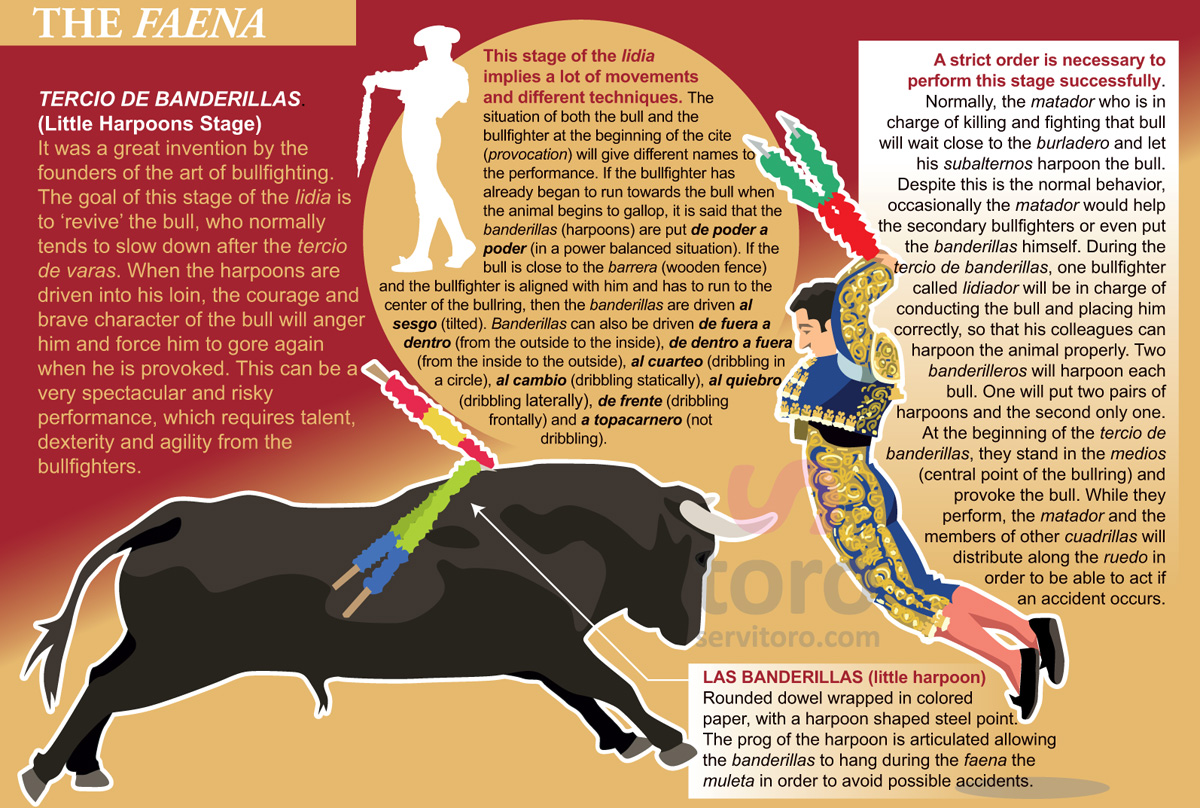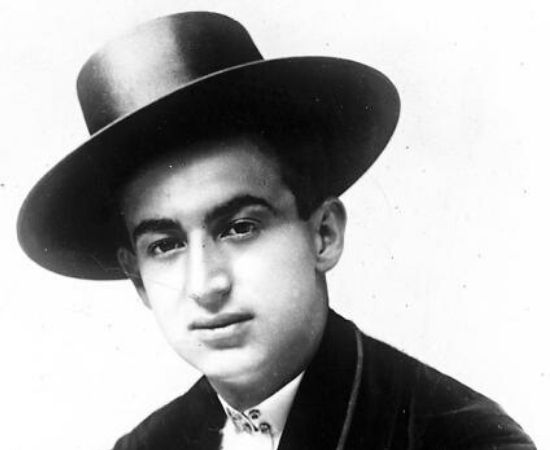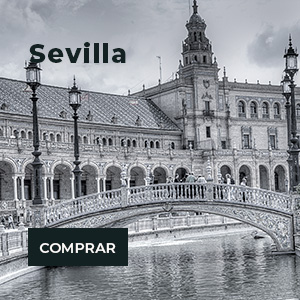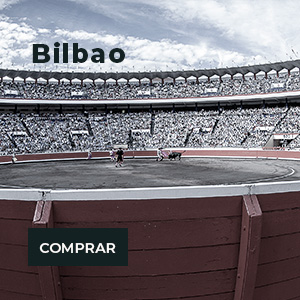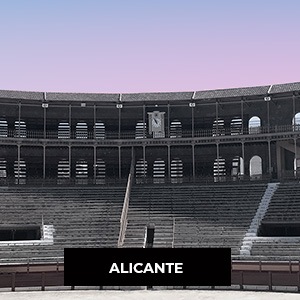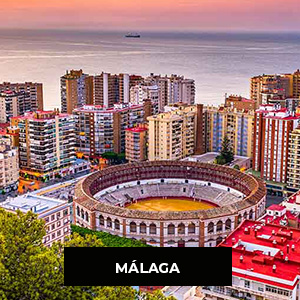The meat of fighting bull has become one of the most appreciated in gastronomy for its taste, quality and both high ecological and sustainable value
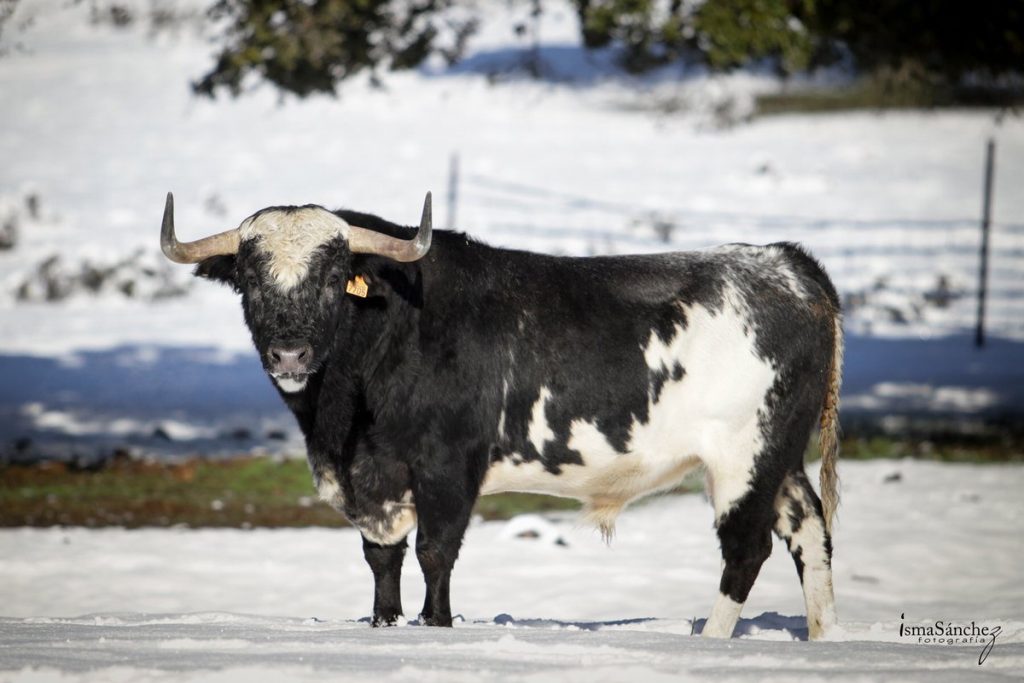
Bull from Barcial, by Isma Sánchez.
The fact of fighting bull is a jewel of the ecology is well known, what has been more difficult is to value its meat and the amount of beneficial properties that make it a luxury product which was hardly taken into account, until now.
Beyond the well-known and traditional bull’s tail recipe, typical dish in fairs or bullfighting days, the meat of fighting bull has endless possibilities that move away from a stew and is even present in ‘haute cuisine’.
Due to it’s breeding, this meat is the most ecological we can find in the market; an animal raised in the wild, in the meadows, without any stress or subjected to fattening, fed from natural products and completely respectful with the environment. These circumstances make it healthy, wholesome and absolutely sustainable, as well as rich in fatty acids, Omega 3 and vitamin E and very low in fat.
It is also necessary to distinguish between the meat of the bull fought in the bullring and the one that dies in the slaughterhouse, because are not the same. The fight of the first in the ring causes the increases in its ph and the meat is more reddish and tougher, reason why it needs more days of maturation that in the second case.
The fact of not having paid attention before to its consumption is that the bull is raised expressly for the fight and not as an animal destined for consumption, however its high qualities and a new possibility for farmers (given the high cost of breeding of the fighting bull), open this new path.
With the concern of giving its place to the meat and to do it officially and with guarantees, the Federation of Associations of Autochthonous Race of Fighting Bull, FEDELIDIA, is created in 2015, integrated by the Spanish Association of Brave Resses, Livestock Association of Lidia, Livestock Cattle Ranchers Association, Fighting Bull United Cattle Ranchers and Fighting Bull Breeders Union; the five represent more than 1,000 farms officially recognized by the Ministry of Agriculture, Food and Environment for the management of the Genealogical Book of the Bovine Race of Fighting Bull.
In December of the same year, the Ministry granted them the logo with the denomination “Autochthonous Race 100% Lydia”, a seal that began to be placed to distinguish fighting bull meat and as a guarantee of quality.
One of the great promoters of the big project is the Chef Mario Sandoval, from COQUE restaurant with two Michelin stars, president of the Federation of Cooks and Pastry chefs (FACYRE) and winner of the National Gastronomy Award). Together with FEDELIDIA, he started the path of ‘Carne de Bravo: the value of sustainability’ in 2016.
In 2014, FACYRE signed an agreement with the Fighting Bull Breeders Union (UCTL) for the donation of bulls to hostelry industry in order to study and investigate the necessary treatment of meat for sale. Under the term Gastromaquia, Mario Sandoval has encouraged the consumption of fighting bull meat with the creation of recipes and sausages such as dried meat or salami and becoming one of the greatest exponents of the meat of Fighting Bull.
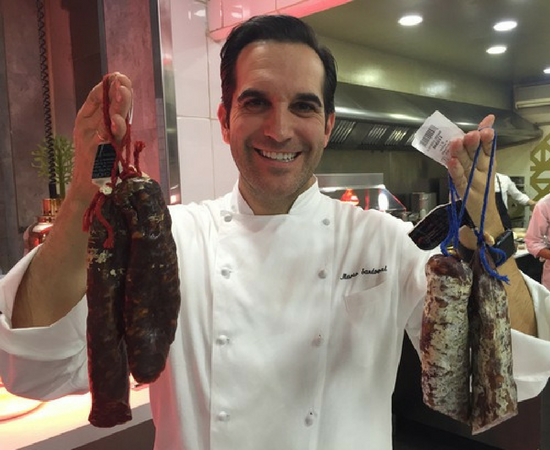
Mario Sandoval shows Fighting Bull sausages.
The latest novelty was presented at the beginning of this year under the brand ‘Bravo Gourmet’, the first bravo meat food truck presented at the most important innovation event in the Horeca sector. It’s a ‘gastroneta’ prepared to make and sell food and, in this case, offers products made with fighting bull meat.
One more way to enjoy our greatest passion: the Figthing Bull.
Happy week, bullfighting lovers!

